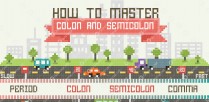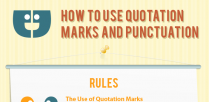Today we are going to learn Present Simple.
We use this time to tell about everything that is around us or concerning us, and to describe things in general.
For example, “The sun rises.” “I like buns.”
One of my students asked me to explain clearly what Present Simple is and why it is Indefinite.
Though it is Indefinite, Present is Simple.
So, let’s look through the examples below:
- I look at you
- You look after children
- We look behind
- They look in the glass
- She/he looks at the picture
As you can see we can just divide this verb in two – the verb changes or not:
I, You, We, They look
She/He looks
This is easy, isn’t it?
If we continue, we will find more changes in some verbs in Present, but don’t be afraid, still it is Present Simple!
I, You, We, They go, but She, He goes
What happens here? The verbs with «o» letter in the end have additional «e» before «s» when we speak about her or him. For example:
I, You, We, They do, but She/He does
We learned the verb “to do.” This verb is used to ask questions and to form negative sentences.
- To make a question we take the verb to do in the needed form in Present and place it in the beginning of the sentence; the main verb goes after the subject in the Infinitive form.
- To make a negative we take the verb to do in Present and in its needed form, and put the negative part not after it; the main verb goes after the subject in the Infinitive form.
“I know you friend! His name is Albert.”
- “Do you know my friend?” or “Do you know my friend’s name?”
- “No, you don’t know (or you do not know) my friend. His name is Bill.“
“I want an ice cream.”
- “Do you want an ice cream?” If we play a waiter: “Do you want a chocolate ice cream or a fruit ice cream?”
- If we continue in such a way, the client will go to another shop and say “I don’t want (I do not want) any ice cream! I want some chocolate, some fruits in sugar, and I want a kilogram of sorbet!”
Find out homework for this lesson here.








